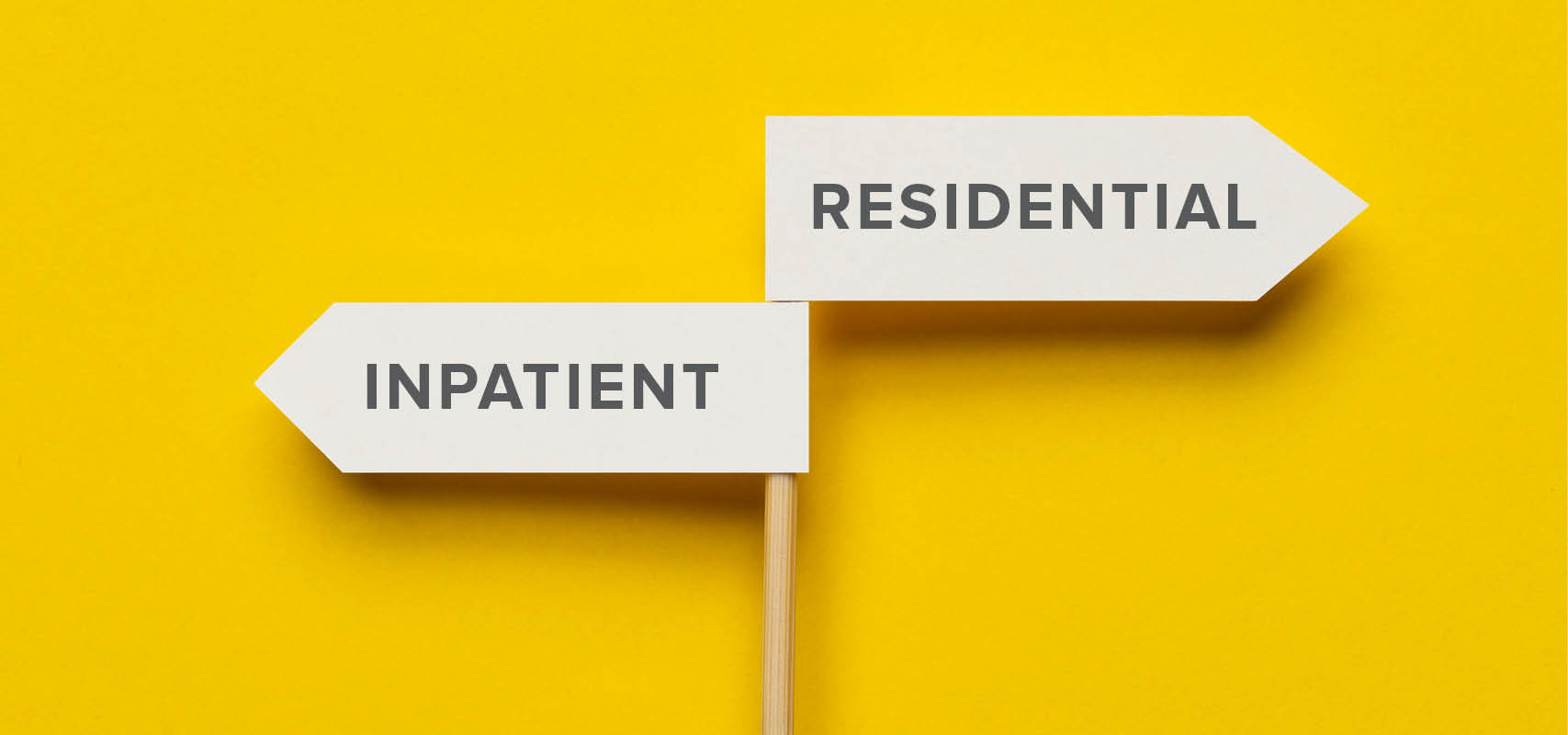| Is the individual safe at this moment? Are those around them safe? Are they capable of remaining safe? | ||
|
YES If safety is not a factor, then we examine other pieces of the puzzle. Some key considerations here include: |
NO / MAYBE NOT If there’s any sort of imminent danger to themselves or others, even medically, then inpatient care is warranted. If there’s a question about potential harm, it may be better to err on the side of caution. |
|
|
YES Residential care may be an appropriate option. This safe, structured living environment gives patients a daily opportunity to engage with staff and peers to practice the use of coping skills with the built-in support that is not always available in a home setting. |
NO The seven- to ten-day inpatient setting can provide a valuable window for crisis stabilization and a physical and mental reset. Patients can get back on track with sleeping, eating, and any necessary medications and benefit from on-site medical expertise. |
|
While the above information can serve as a quick reference point, the trained Admissions team at Princeton House provides a much more comprehensive assessment to determine the best next step.
“Every assessment is like a dance between the therapist, the patient, and our clinicians with the back-and-forth needed to weigh out the patient’s level of functioning,” says Higgerson. “At some point, every behavioral health provider will encounter a higher level of care situation that stumps them,” he adds. “We’re happy to serve as a partner to help make these complex decisions in the best interest of patients.”




